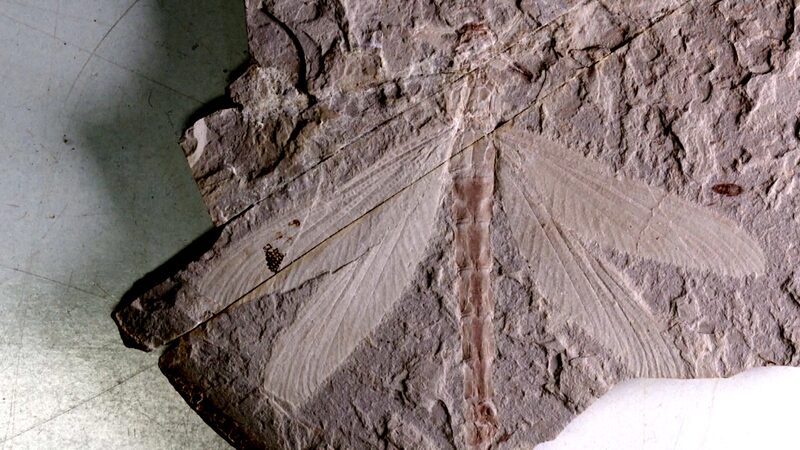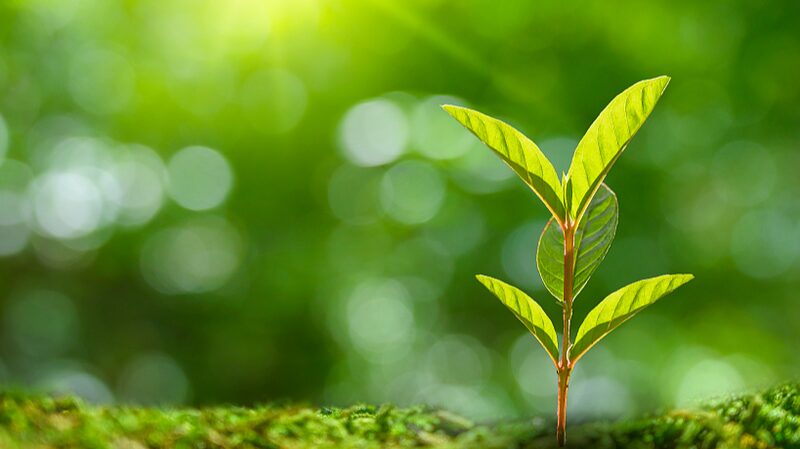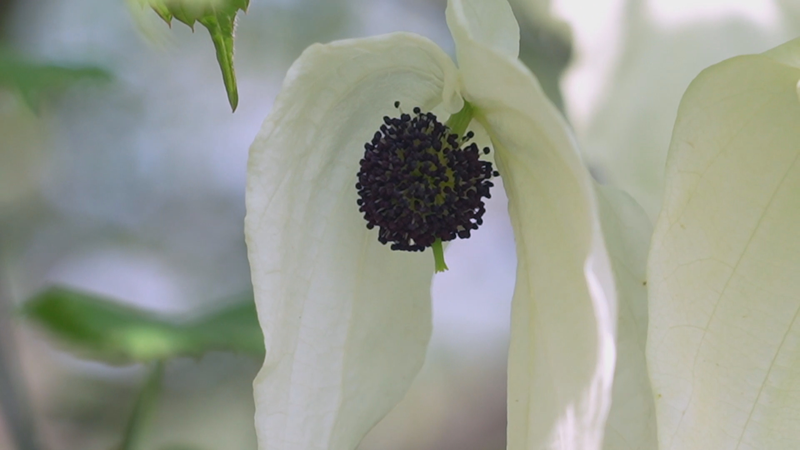It's that magical time of year again! 🌸 As spring gracefully transitions into early summer, the enchanting blossoms of a botanical relic are blooming across parts of China.
Meet the Davidia involucrata, lovingly known as the dove tree or handkerchief tree. This ancient plant, with roots stretching back millions of years to the Tertiary period of the Cenozoic era, is a true testament to nature's resilience. As one of China's first-class protected plants and among the nation's eight great botanical treasures, the dove tree is celebrated as a \"living fossil\" and often dubbed the \"pearl of the forest\" and the \"green panda.\" 🌿🐼
What makes the dove tree so special? Its stunning and elegant blossoms are reminiscent of a flock of doves gracefully perched on its branches. When in full bloom, the flowers flaunt a pristine white hue, mirroring the outstretched wings of doves ready for flight. This beautiful display not only earns the tree its name but also symbolizes peace, hope, and love. 🕊️✨
Surviving through epochs long past, including the harsh Quaternary glaciation, the dove tree is a rare gem. Today, you can find it thriving in Sichuan, Guizhou, Yunnan, Hunan, and Hubei provinces. These trees prefer cool, moist, mountainous environments with acidic to neutral soils, making their habitats as unique as their history.
Sichuan Province is a haven for the dove tree, boasting over a hundred million of these magnificent specimens! 🌳 The forests in Ebian Yi Autonomous County and Mabian Yi Autonomous County are prime examples of their natural splendor.
Reference(s):
Unveiling the mystique of the dove tree: China's Living Fossil
cgtn.com






